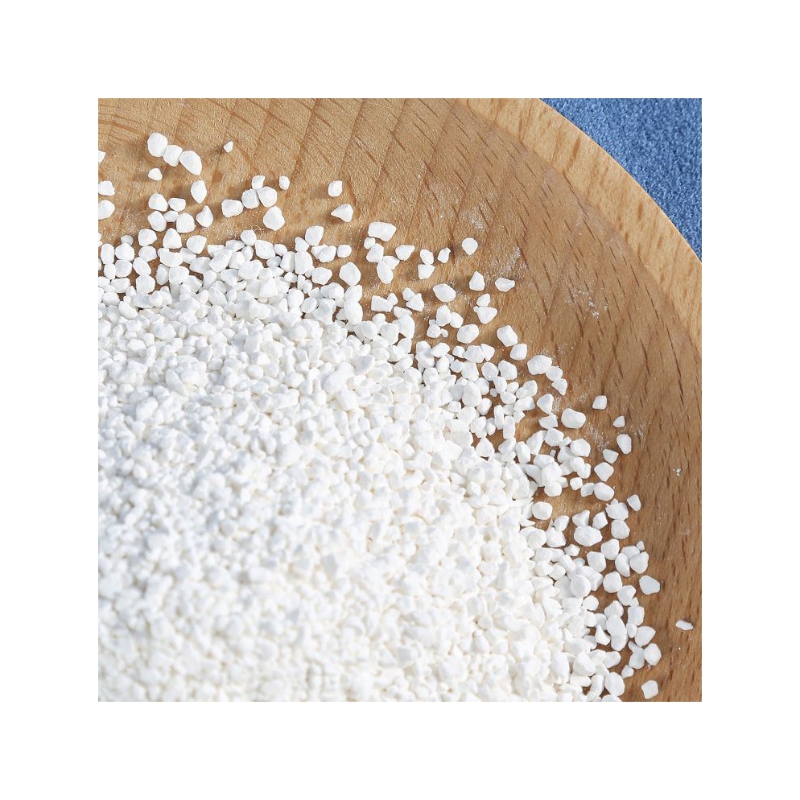-
Categories
-
Pharmaceutical Intermediates
-
Active Pharmaceutical Ingredients
-
Food Additives
- Industrial Coatings
- Agrochemicals
- Dyes and Pigments
- Surfactant
- Flavors and Fragrances
- Chemical Reagents
- Catalyst and Auxiliary
- Natural Products
- Inorganic Chemistry
-
Organic Chemistry
-
Biochemical Engineering
- Analytical Chemistry
- Cosmetic Ingredient
-
Pharmaceutical Intermediates
Promotion
ECHEMI Mall
Wholesale
Weekly Price
Exhibition
News
-
Trade Service
The rapid spread of the new crown epidemic on a global scale provides ample opportunities for the emergence of new crown virus mutations.
This mutation site that allows the virus to evade the immune response is called a mutant epitope
.
The emergence of mutant strains makes people urgently need to develop new vaccines
Neutralizing antibodies are a key component of vaccines, but induction of virus-specific CD8+ T cells can greatly enhance the protective effect of antibodies
.
In addition, CD8+ T cells can attack the entire SARS-CoV-2 proteome, so they can target mutation-restricted epitopes
The so-called mutation-restricted epitope can be understood as a load-bearing wall.
A virus is a house.
The virus can change windows and doors (mutated epitopes), but it cannot change the load-bearing wall (mutation-restricted epitopes).
These mutation-restricted epitopes are different.
Among the virus variants, even among viruses of the same family, they are usually almost the same, which makes them ideal vaccine targets
.
Therefore, identifying the mutation-restricted epitope of the virus is crucial for the development of new vaccines
Recently, the research team of MIT and Harvard University published a research paper titled: Structure-guided T cell vaccine design for SARS-CoV-2 variants and sarbecoviruses in the world's top academic journal Cell
.
The study identified SARS-CoV-2 epitopes with limited mutations through a structure-based network analysis method.
These epitopes are not prone to mutations and are recognized by T cells
.
Using these epitopes, vaccines can be developed to train T cells and provide protective immunity
In order to determine the mutation-restricted region in the SARS-CoV-2 proteome, the research team applied structure-based network analysis and the evaluation of the stability of HLA class I peptides to define the mutation-restricted CD8+T in the SARS-CoV-2 proteome.
Cell epitope
.
The results show that highly networked epitopes are conserved in cyclic mutations and the entire SARBE virus subgenus, and when mutated, they disproportionately impair the infectivity of the virus
.
It has been more than a year since the new crown pandemic has reached this point.
If their prediction of SARS-CoV-2 is correct, then the variant strain should have almost no mutations in the highly networked epitope they identified
.
So they compared the sequence at that time with the newly popular B.
1.
1.
7 (Alpha), B.
1.
351 (Beta), P1 (Gamma) and B.
1.
617.
2 (Delta) SARS-CoV-2 variant sequences and found The vast majority of new sequence mutations in SARS-CoV-2 appeared in non-networked regions, which confirmed their prediction
.
Next, the research team evaluated the HLA class I stabilizing activity of 18 globally prevalent alleles in circulating SARS-CoV-2 variants and deep-sequenced main isolates to determine CD8 in a highly networked region with limited mutation frequency.
+ T cell epitope
.
Importantly, these epitopes cause significant CD8+ T cell reactivity in individuals recovering from COVID-19, while individuals vaccinated with mRNA vaccines respond much less to T cells with highly networked epitopes
.
In general, the study clarified the key mutation-restricted regions and immunogenic epitopes in the SARS-CoV-2 proteome.
These epitopes are structurally restricted by mutations and are conserved in new coronavirus variants and sarbecoviruses.
, And are recognized by individual T cells recovered from COVID-19
.
These results provide a basis for the rational development of a global T cell vaccine to combat the emerging SARS-CoV-2 variants and future SARS-like coronaviruses
Original source:
Original source:Anusha Nathan, et al.
Structure-guided T cell vaccine design for SARS-CoV-2 variants and sarbecoviruses in this message







